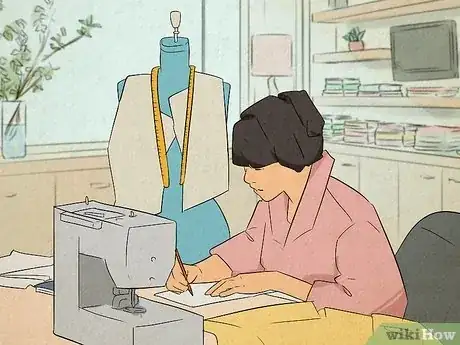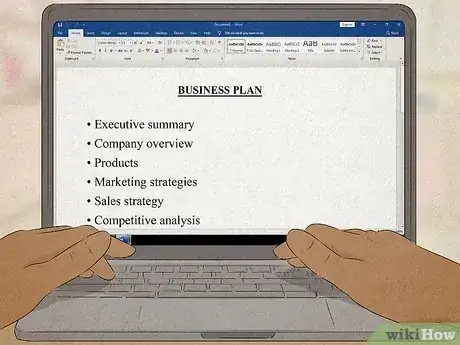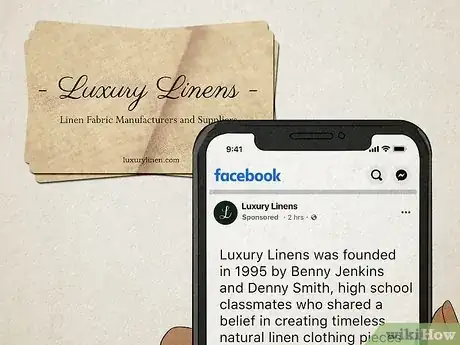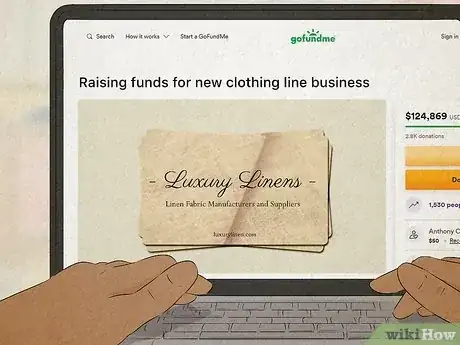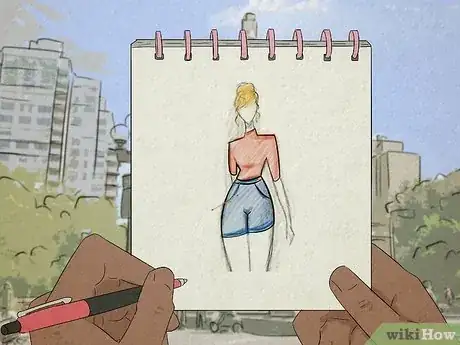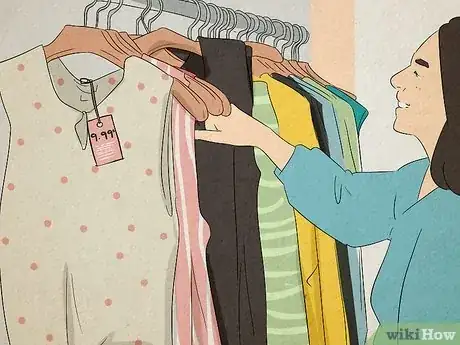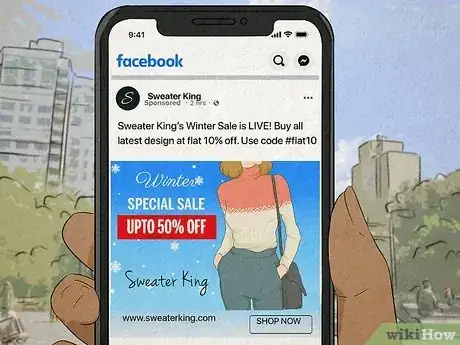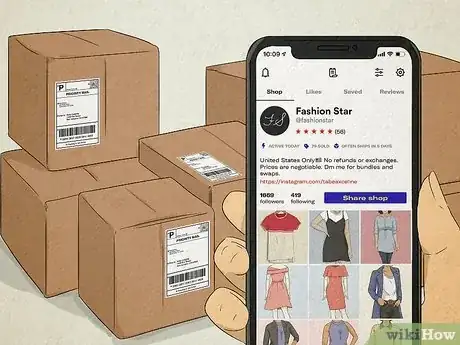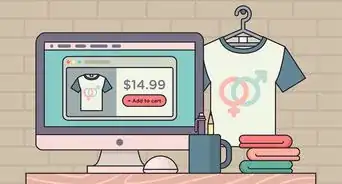This article was co-authored by Art Lewin and by wikiHow staff writer, Dan Hickey. Art Lewin is an Entrepreneur based in Los Angeles, California. He specializes in business, sales, marketing, and real estate investing. Art is the CEO and Founder of four companies based in Los Angeles: Art Lewin Bespoke, Healthy Choice Labs, SFR Properties, and Professional Business Network (PBN). Art is known globally for his exclusive custom-made and ready-to-wear business wear designs. Some of his notable clients include royal family members, politicians, and Hollywood stars including Hugh Hefner, Sylvester Stallone, Johnny Carson, Steve Allen, and William Shatner.
wikiHow marks an article as reader-approved once it receives enough positive feedback. This article received 42 testimonials and 100% of readers who voted found it helpful, earning it our reader-approved status.
This article has been viewed 2,516,946 times.
Owning your own clothing line sounds like a dream, but how do you make that dream a reality? Even if you have no experience, starting a clothing line is totally achievable with a clear concept, a detailed business plan, and the creativity that got you into fashion in the first place. We’ve put together a list of the must-do’s to launch your clothing line and get your business running. If you’re ready to see your fashion sketches walking down the street as real outfits, keep scrolling!
Steps
Community Q&A
-
QuestionI want to start a clothing line from home. I have no experience whatsoever. Can I draw the design of the clothes I want to produce and send the pictures to a company to help me produce and market it?
 Community AnswerYes, but you need to be careful before sending any of your designs to a company, because some companies may steal your work and say it's them that came up with everything, and you end up getting nothing for your work. So, do proper research on the company you intend to send your designs to.
Community AnswerYes, but you need to be careful before sending any of your designs to a company, because some companies may steal your work and say it's them that came up with everything, and you end up getting nothing for your work. So, do proper research on the company you intend to send your designs to. -
QuestionWill manufacturers do custom designs like adding zippers to the side of a T-shirt?
 Community AnswerIt all depends on your agreement with the manufacturers, and of course you will need to pay more.
Community AnswerIt all depends on your agreement with the manufacturers, and of course you will need to pay more. -
QuestionHow many clothing items do I have to make for a complete line?
 Community AnswerThere's no set amount. I've seen some brands set up and start selling in stores with 3 different t-shirts and 3 different hoodies. Having a few quality pieces is better than having a ton of mediocre products.
Community AnswerThere's no set amount. I've seen some brands set up and start selling in stores with 3 different t-shirts and 3 different hoodies. Having a few quality pieces is better than having a ton of mediocre products.
References
- ↑ https://www.oberlo.com/blog/start-clothing-business
- ↑ https://www.forbes.com/advisor/business/start-a-clothing-business/
- ↑ https://www.oberlo.com/blog/start-clothing-business
- ↑ https://www.oberlo.com/blog/start-clothing-business
- ↑ https://www.simplybusiness.co.uk/knowledge/articles/2022/04/how-to-create-a-brand-identity/
- ↑ https://www.simplybusiness.co.uk/knowledge/articles/2021/06/how-to-start-clothing-business/
- ↑ https://www.simplybusiness.co.uk/knowledge/articles/2013/05/small-business-finance-guide/
- ↑ https://www.sba.gov/business-guide/launch-your-business/register-your-business
- ↑ https://www.oberlo.com/blog/start-clothing-business
- ↑ https://www.simplybusiness.co.uk/knowledge/articles/2021/06/how-to-start-clothing-business/
- ↑ https://www.forbes.com/advisor/business/start-a-clothing-business/
- ↑ https://www.forbes.com/advisor/business/start-a-clothing-business/
- ↑ https://www.oberlo.com/blog/start-clothing-business
- ↑ https://www.simplybusiness.co.uk/knowledge/articles/2021/06/how-to-start-clothing-business/
About This Article
If you want to start a clothing line, first make sketches, get feedback on them, and decide which designs you want in your collection. Then take your sketches to a seamstress or manufacturer to make prototypes of your designs. When you have samples of your clothes, create a website to promote and sell them. You can also use social media, like Facebook or your own blog, to get some buzz going. Finally, be your own best marketer and salesperson by wearing your designs! For more details on starting a clothing line, including putting together a business plan, read on!
